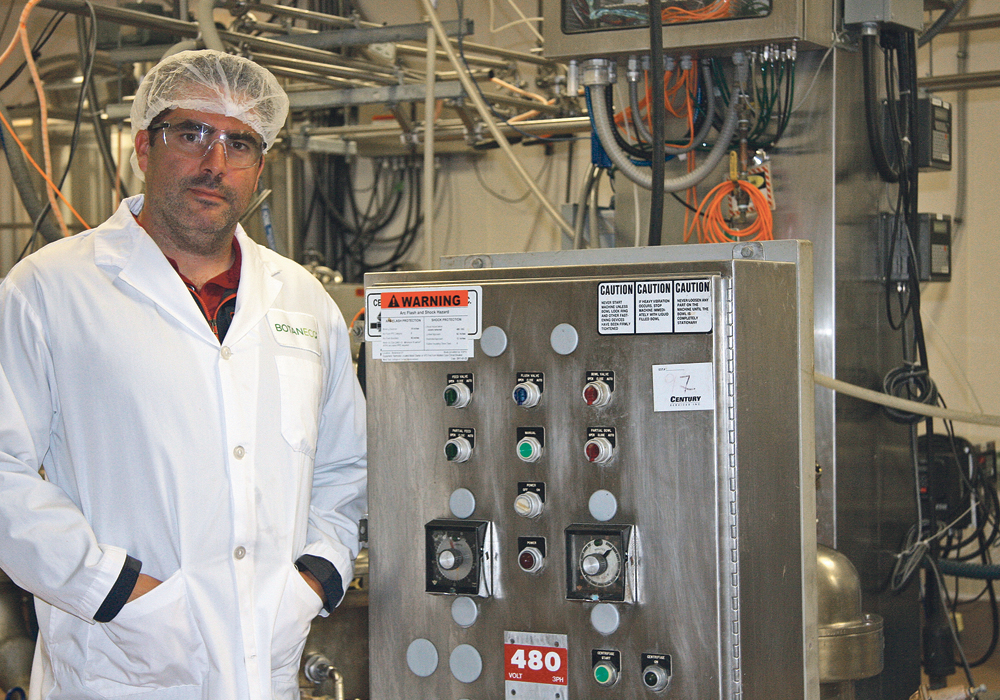A Calgary company hopes to break into the alternative protein market using prairie grown oilseeds.
Working with Corteva Canada and Rowland Farms, the company is developing a new processing technology to separate protein and oil from crops that can be used for personal products, food and animal feed. The company has perfected a proprietary technique to break down safflower into high quality oleosomes and proteins that are used in lotions and balms.
“The safflower process works extremely well. We are taking what we know from safflower and applying it to canola and hemp,” said David Dzisiak, chief operating officer for Botaneco Inc., a company that employs about 25 people in Calgary and another four in the United States.
Read Also

Manitoba extends Crown land rent freeze
Manitoba government links the continued rental rate freeze on grazing and forage leases to economic and environmental challenges facing the industry
To further product development, Protein Industries Canada, one of five federal innovation superclusters, granted the company $4 million over two years. Matching investment came from the company.
The company was established in 2014 and has been using safflowers grown in California but the plan is to expand to canola and hemp. Sunflowers may also find a niche.
The end products are a food grade protein powder and oleosome, a component of the plant that stores triglycerides in its cells.
The Botaneco process does not use heat or solvents so the proteins are not denatured. The resulting product has a neutral odour and taste, and has a shelf life of about two years.
Ultimately, the products could be used for plant based burgers, protein bars or as an emulsifier.
“The food and feed industry applications would be 10 times greater than the personal-care applications,” Dzisiak said.
“Because it is so concentrated, it can fit well into the food industry, it can fit well in the aquaculture industry and those markets where canola cannot fit into today,” he said.
The idea of extracting protein from a crop like canola is not new but Botaneco has a new technology using the whole seed that yields more digestible and pure co-products.
“They tried to take meal and make it better. The yield is very low and the protein is in pretty tough shape,” he said.
The company hopes it will eventually become a supplier to other businesses within the food and feed sector. Early products may be created at food development centres in Alberta, Saskatchewan and Manitoba.
“We have a lot of work to do. We have three different crops and we are making six different products and they all have different sorts of specialities,” he said.
Canola can be bought on the open market and initiatives like this could encourage hemp production to go from 100,000 acres in Alberta to 500,000 acres, said Keith Jones, chief financial officer of Rowland Farms in southern Alberta. The farm has about 40,000 acres of grain and oilseeds.
Higher uses for hemp could also encourage more varietal development, where some are grown for the seeds and others for fibre.
“Conventional processing for hemp has limited its adoption as a food ingredient,” said Jones.
Oilseeds were overlooked in the past partly because of technical challenges, but new approaches at this company have overcome that, Jones said.
“Soy has occupied the plant protein space for a number of years, but with new alternatives coming on the market, consumers are getting really excited about plant protein. We have pursued plant protein products and pulses have been getting a lot of that attention,” he said.
















